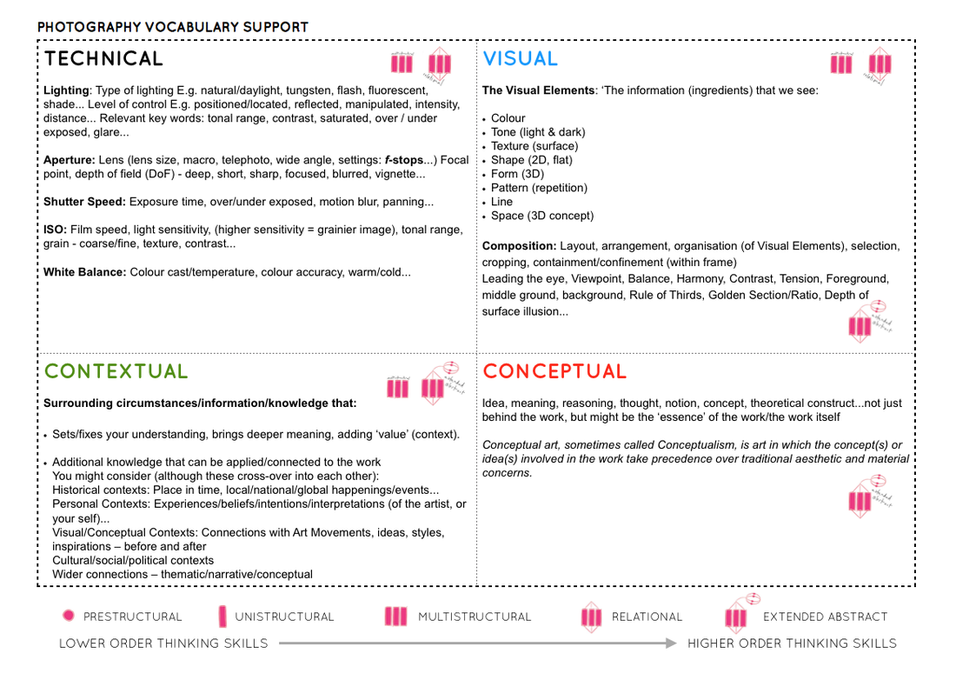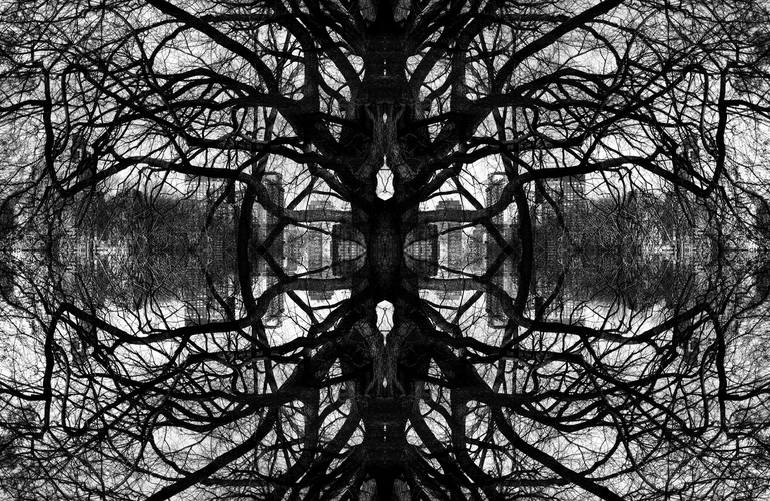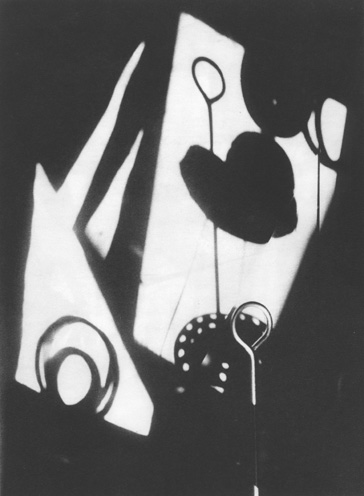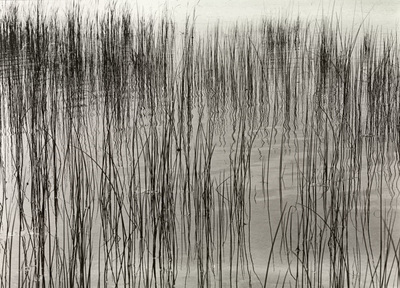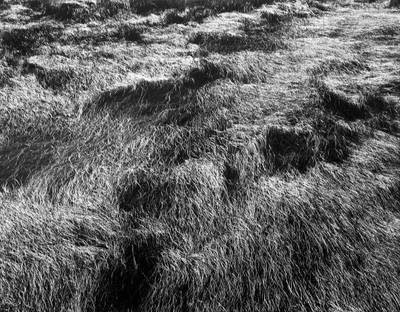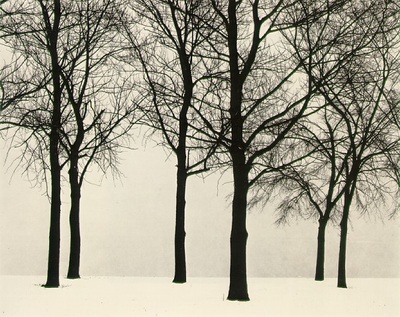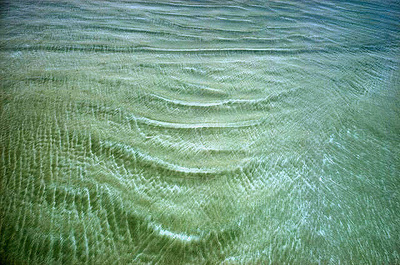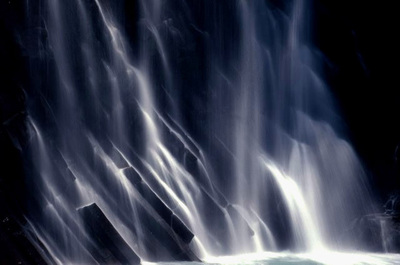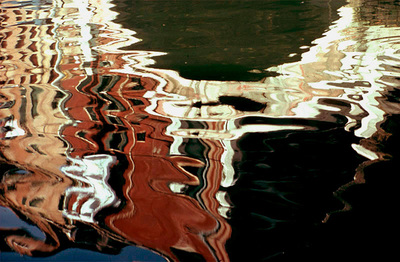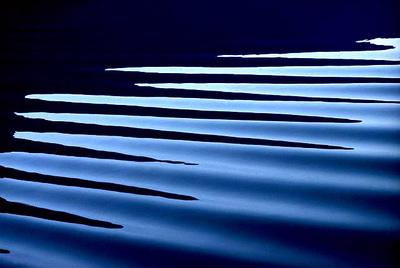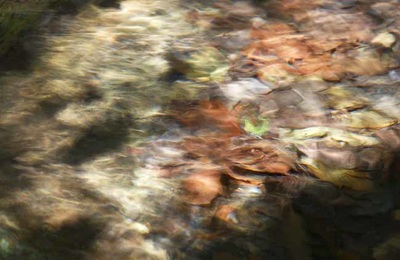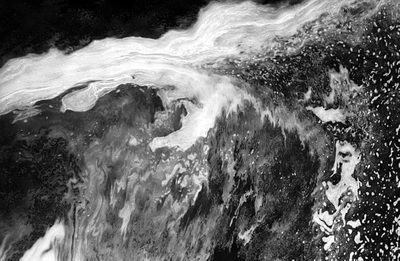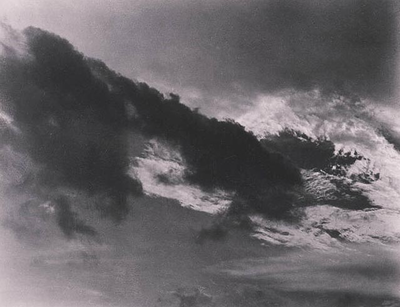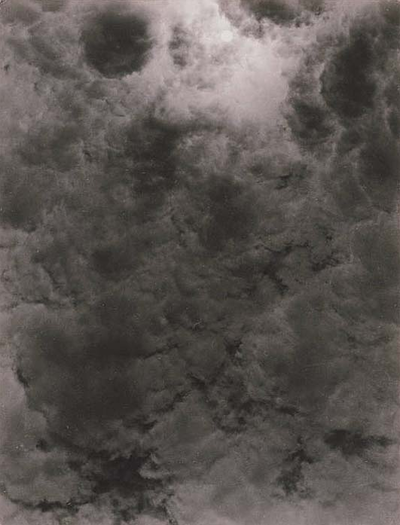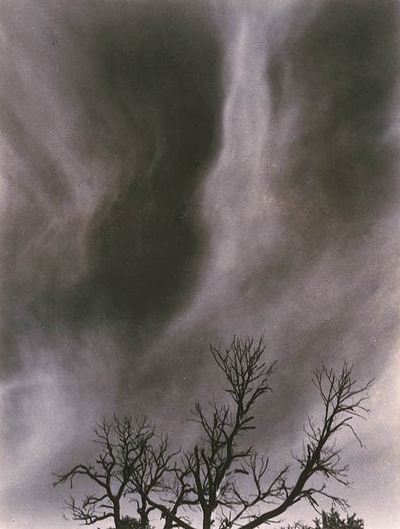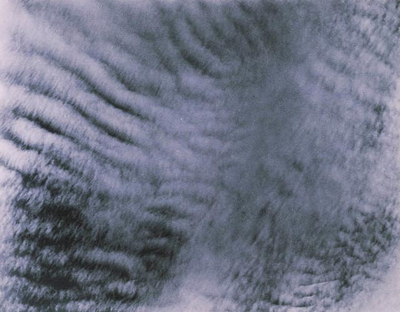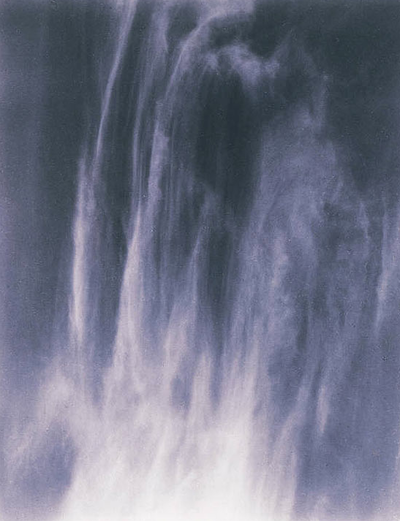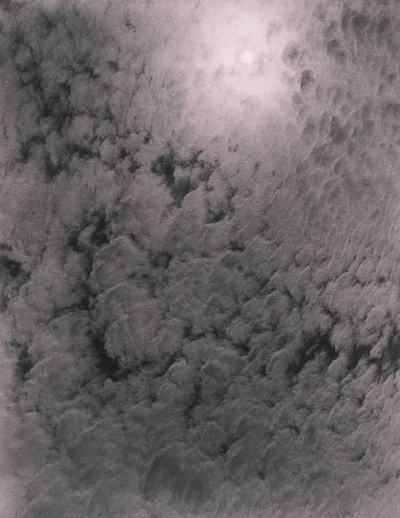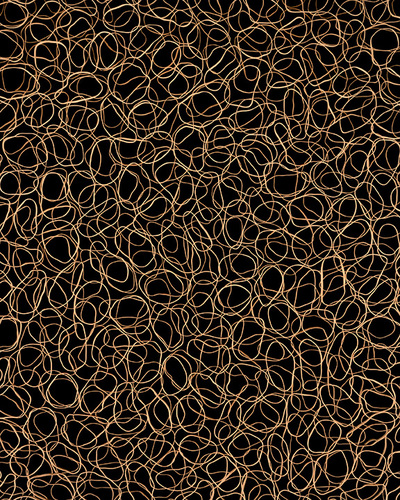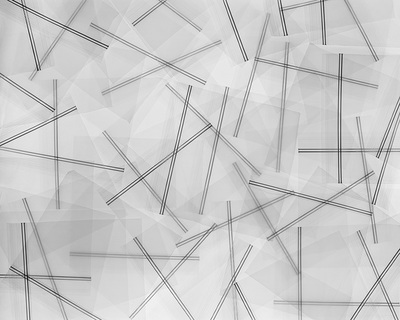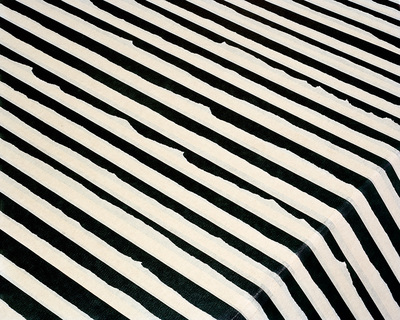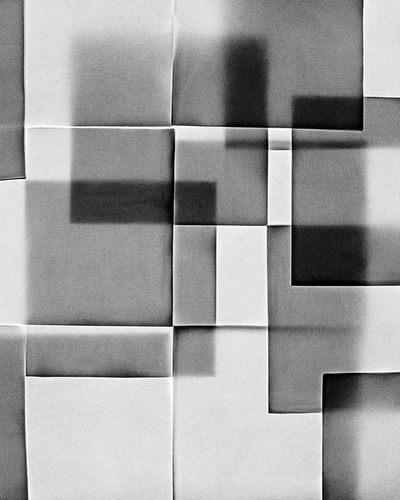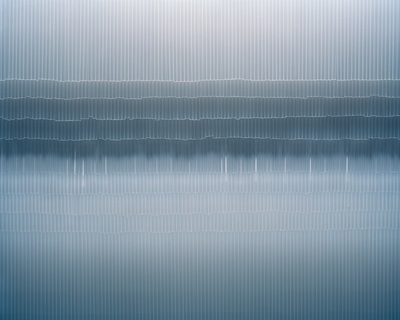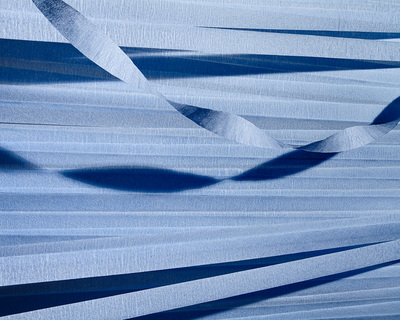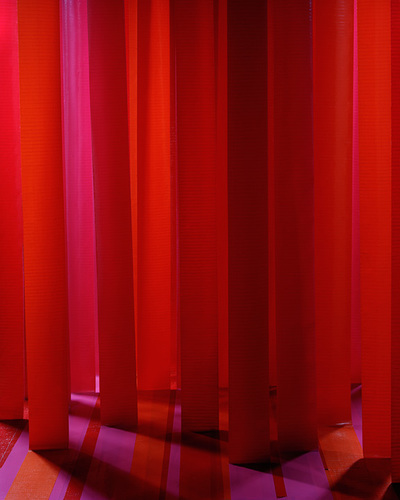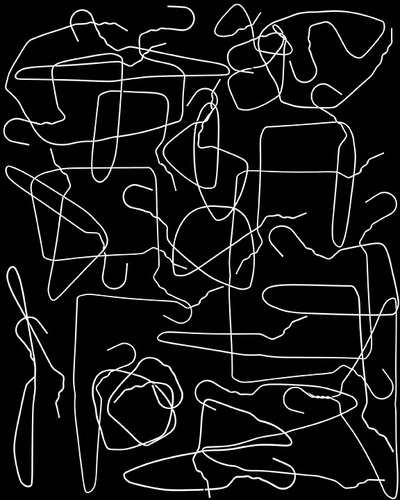To complete your understanding of The Formal Elements we must look at some more creative possibilities before we move onto selecting final images for the Abstract Unit.
Classwork Blog Post 1
- Choose 2 artists from the selection below
- Compare and contrast their work by analysing 1 key image from each artist
- Ensure you discuss aspects of Technical – Visual – Conceptual – Contextual
Classwork Blog Post 2
- Construct a kaleidoscopic / reflected image in Adobe Photoshop from just one image as a starting point…
- The task will encourage you to make use of a range of useful methods including layer copy, transform, cropping and other adjustments
- Your blog post must show your process and final outcome(s)
Homework (due Thurs 15th October)
Design, plan and execute a photoshoot that responds to one or more of the artists below…remember to create a contact sheet and then select 5-10 of your best images and show clearly in a new blog post…
Paul Strand

Alvin Langdon Coburn
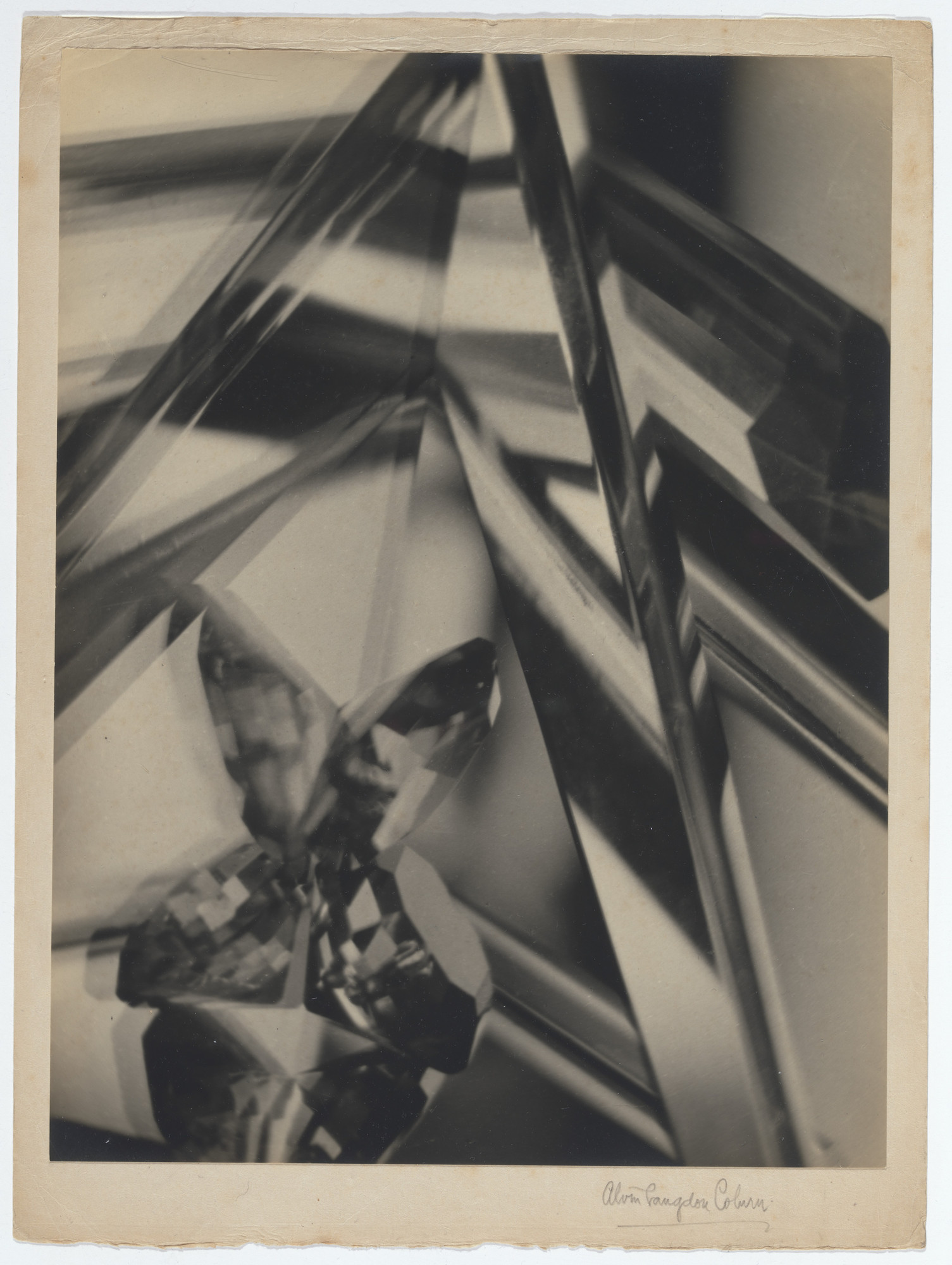
Laszlo Maholy Nagy

Jaromir Funke – the play of light
Funke’s images interest me because he seems very experimental in his approach. He is fascinated by the patterns of shadows caused by the play of light on a variety of objects. This results in abstract compositions where the shapes of the various objects overlap and intersect.
Harry Callahan – natural forms
I love the way Harry Callahan is able to see patterns, textures and repetition. His images have just enough information. He knows just where to place the edges, to leave out unnecessary details, so that we are able to focus on the main idea. He has a fantastic sense of design.
Ernst Haas – water and reflections
Haas pioneered colour photography and is also famous for his images of movement using long shutter speeds. He photographed water throughout his career, fascinated by its ability to reflect light and its dynamic movement. He crops the subject to increase the sense of abstraction.
Alfred Stieglitz – patterns in the sky
These pictures were an attempt to demonstrate how “to hold a moment, how to record something so completely, that all who see [the picture of it] will relive an equivalent of what has been expressed.” The ‘Equivalents’, as they are known, aim to create a sensation in the viewer similar to that experienced by the photographer. Is this possible, do you think?
Nick Albertson – repeated forms
These images explore the idea of repetition, rhythm, line, shape, texture and pattern. They are all created with everyday objects which are transformed through careful arrangement and photography. The edge to edge compositions help concentrate our eyes on the formal properties of the objects. Contrast is important.
Ray Metzker ‘Pictus Interruptus’
Metzker is known for his unconventional street photographs. More abstract than either Cartier-Bresson and Meyerowitz, Metzker exploits and exaggerates the properties of still photography – odd framing, multiple exposures, deep contrast, and, in this series, the interruption of various objects placed between the lens and the ‘subject’. Metzker seems to want to deliberately disorientate the viewer and question the indexical relationship between photography and the world.
It becomes clearer…that I am looking for the unknown which in fact disturbs, is foreign in subject but hauntingly right for the picture, the workings of which seem inexplicable, at the very least, a surprise.
— Ray Metzker
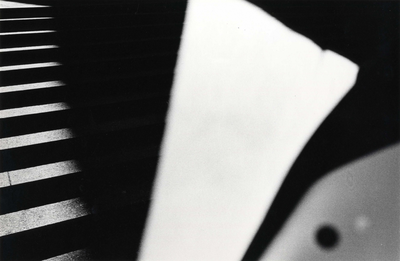
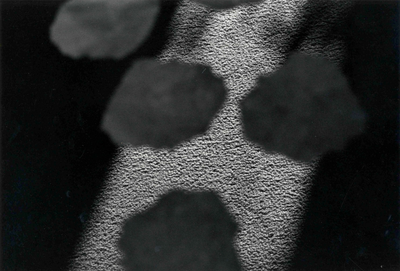
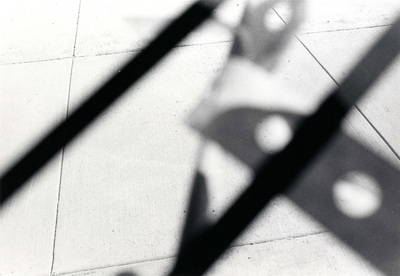
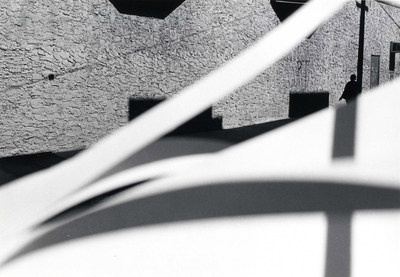
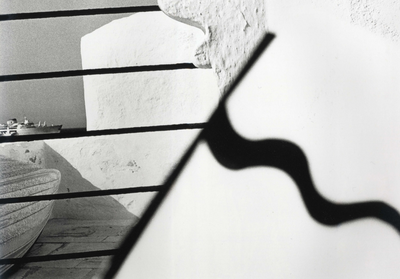
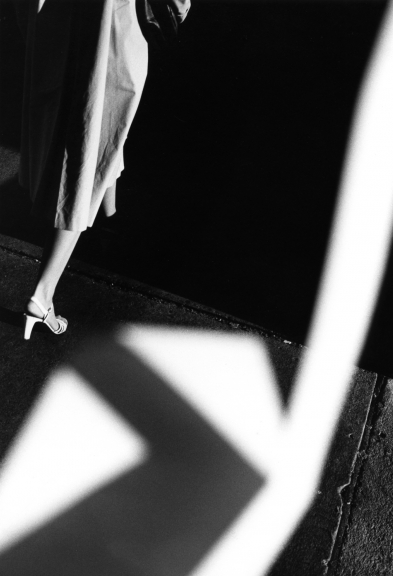
Follow the 10 Step Process and create multiple blog posts for each unit to ensure you tackle all Assessment Objectives thoroughly :
- Mood-board, definition and introduction (AO1)
- Mind-map of ideas (AO1)
- Artist References / Case Studies (must include image analysis) (AO1)
- Photo-shoot Action Plan (AO3)
- Multiple Photoshoots + contact sheets (AO3)
- Image Selection, sub selection, review and refine ideas (AO2)
- Image Editing/ manipulation / experimentation (AO2)
- Presentation of final outcomes (AO4)
- Compare and contrast your work to your artist reference(AO1)
- Evaluation and Critique (AO1+AO4)
